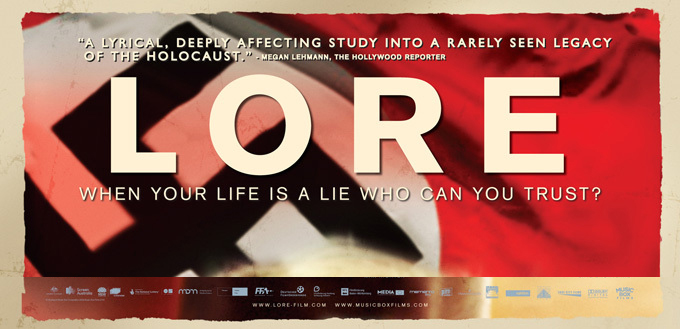
Emilio Estevez, Martin Sheen in Santa Fe: “The Way”
If this evening’s event at the Screen hosted by the Santa Fe Film Festival is any indication, we’re in for a great time at the movies this October.
I was treated—along with a couple hundred other movie lovers—to an advanced viewing of “The Way,” written, directed by, and featuring Emilio Estevez. His real life father, Martin Sheen, plays Tom, a grieving doctor making his way on a thousand-year-old Spanish pilgrim route where his son’s life suddenly ended.
Both stars were present for a Q&A afterwards, which remained full to capacity with a diverse Santa Fe audience including local celebs Ali MacGraw, Wes and Maura Studi, Repo Man producer, Peter McCarthy, college students, and a few locals who had walked Camino de Santiago themselves.
It could sound like a vanity project; a well-known father and son from the movies shoot a film in sunny Spain then go across America by bus to promote it. It turns out to be a superb collaboration between a couple of gifted artists who created something unforgettable with a valuable lesson woven in about the difference between choosing life and living it.
All good stories have transformations in them. “The Way” is also about transformation. A quartet of gifted actors drives it. Over the course of his journey Tom unwittingly attracts three companions. Joost is a jolly Falstaff from Amsterdam. Lonely Sarah, the lanky blonde nicotine junkie, is a jaded Canadian. A bit later, they encounter Irishman Jack, the blocked writer stuck in a revolving metaphor.
Sound familiar?
When asked about the cast in our Q&A, the writer/director referred to his father, who plays his dad, as his “Dorothy on the yellow brick road.” This device was so well integrated I did not catch on until Emilio revealed it. I immediately recognized the parallel and applauded his creative choice. “The Wizard of Oz” is one of the most widely embraced pieces of popular entertainment of all time, a gold standard for good storytelling, and it was released at a period in our past that has many parallels with our present. I predict “The Way,” will be universally embraced like Oz, because we are all in the mood for some good soul food.
Now, don’t get the idea that you’re going to see fantasy when you watch “The Way.” It concerns the lives of familiar people in real world predicaments. There are very light touches of magical realism which are, actually, ingeniously laid-in flashbacks revealing Tom’s regret over lost opportunities with his son.
“The Way” is also packed with exquisite scenery lovingly framed, but the ever-changing landscape is never depended upon to convey the characters’ progressive transformations. The actors’ finely directed performances achieve that, so the landscape is free to glorify nature and, if you wish, furnish evidence of a benevolent Creator.
Yes, the views on the Camino de Santiago are unforgettable. Thanks to superb cinematography, I’ve all but breathed the air now and glimpsed its history. Those same 500 miles were trekked by St. Francis and El Cid, to mention just a few, yet religion is not the point. In this story, it is treated as neither all good nor all bad.
Santa Fe Film Festival Executive Director Diane Schneier Perrin tipped her hat to SFFF founder Jon Bowman who introduced Estevez and Sheen and “The Way” producer David Alexanian before the Q&A.
“In the end, everyone learns they are OK the way they are,” said Martin to the audience. “You don’t have to change anything about yourself. You’re fine.”
Sometimes you want to change but you have to do your best with what you have been given. This became a theme for their movie-making process as well. Emilio explained how they overcame technical and budgetary challenges. For example, the movie was shot on Super 16mm, a low-budget film stock, using mostly natural light, with a minimal crew, but the end result is excellent. Regardless of what they spent to make it, no one calls work this good “low-budget.” It’s clear that this father and son both love the project, and are proud of the final product with good reason.
Martin told us if he never made another movie, this would be a great one to cap off his career. I sat there and nodded my head. Silly me, what was I agreeing to? No one that just gave one of the best performances of his life should be talking like that.
But don’t worry. Judging from how he looked, with his brilliant kid standing next to him, getting some of their first feedback on the fine film they just made, both Martin and Emilio were looking more bitten by the bug than ever. All they could say was, “Thanks for loving it. Please spread the word.”




